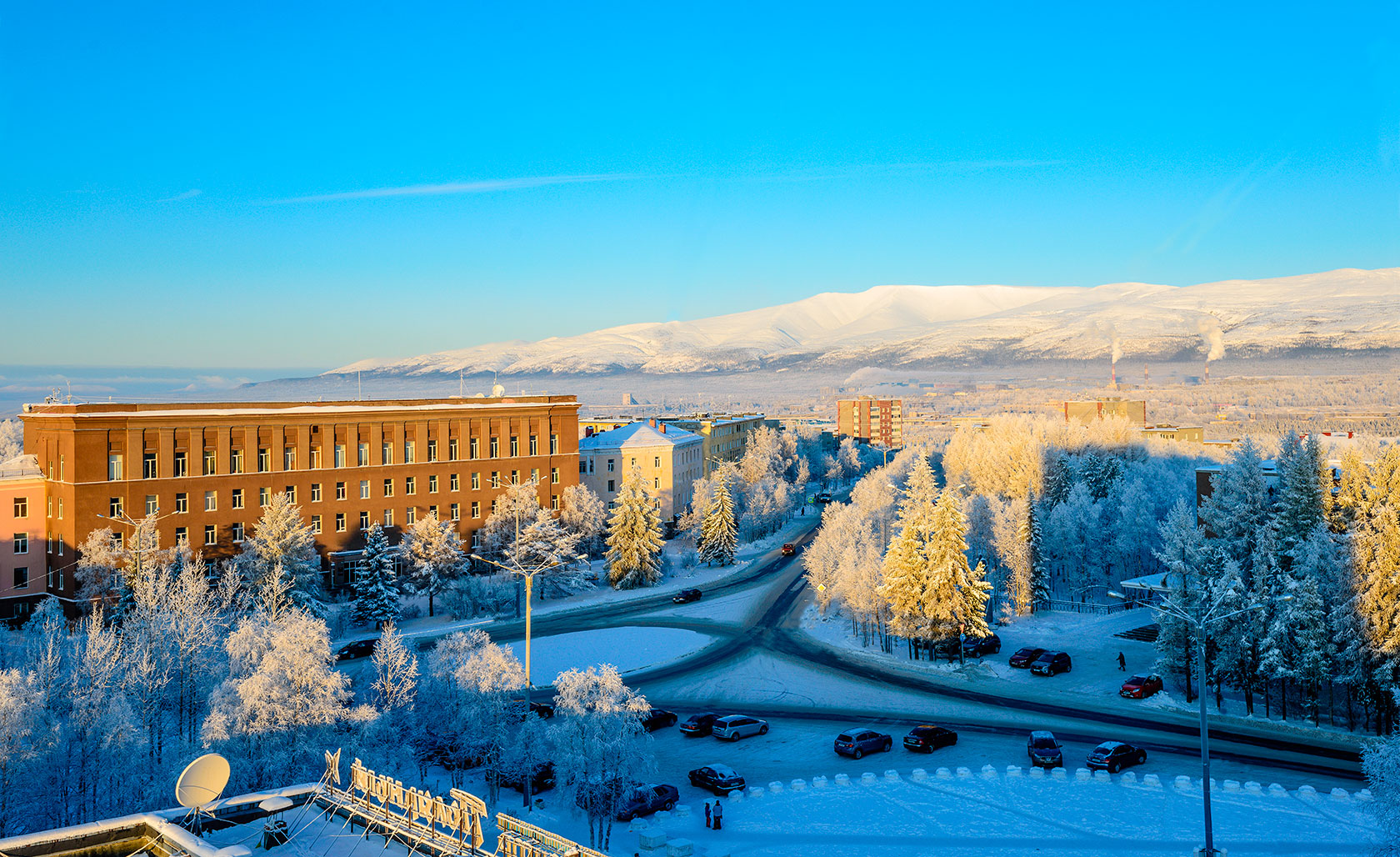In the 1940s, 1950s, and 1960s, there was a period of global cooling. Yet, human-caused greenhouse gas emissions continued to increase. Some argue that this data demonstrates that CO₂ concentration has no effect on temperature levels.
This assertion is a misconception reflecting a lack of understanding of the climate system. No proponent of man-made climate change maintains that carbon dioxide is the sole factor influencing global temperature.
The climate depends on many variables:
In recent decades, CO₂ has emerged as the leading cause of climate change. Between the mid-19th century and 1960, the atmospheric CO₂ content increased by about 35 ppm, or 35 parts per million. Following that, there was another 65-ppm jump.
This assertion is a misconception reflecting a lack of understanding of the climate system. No proponent of man-made climate change maintains that carbon dioxide is the sole factor influencing global temperature.
The climate depends on many variables:
- solar activity,
- volcanic activity,
- airborne pollution,
- ocean cycles and other natural and human-caused factors.
In recent decades, CO₂ has emerged as the leading cause of climate change. Between the mid-19th century and 1960, the atmospheric CO₂ content increased by about 35 ppm, or 35 parts per million. Following that, there was another 65-ppm jump.
An example of an event that impacts the climate
Temperature changes have never been linear; they have always been subject to temporal oscillations caused by external factors. For example, in the early 1990s, the eruption of Mount Pinatubo in the Philippines resulted in a notable short-term cooling.
The eruption emitted a considerable volume of aerosols into the atmosphere. This resulted in reduced solar radiation at the Earth’s surface, and hence a half-degree drop in global temperature. However, this did not remove the effect of CO₂, but rather obscured it for a while.
Once volcanic ash had settled, warming continued, and the end of the 20th century was the warmest in the last 1,000 years. Therefore, short-term cooling does not offset CO₂'s role in climate change, but rather highlights the complexity of the climate system.
The eruption emitted a considerable volume of aerosols into the atmosphere. This resulted in reduced solar radiation at the Earth’s surface, and hence a half-degree drop in global temperature. However, this did not remove the effect of CO₂, but rather obscured it for a while.
Once volcanic ash had settled, warming continued, and the end of the 20th century was the warmest in the last 1,000 years. Therefore, short-term cooling does not offset CO₂'s role in climate change, but rather highlights the complexity of the climate system.
Photo: A_Mikhail/Shutterstock/FOTODOM
